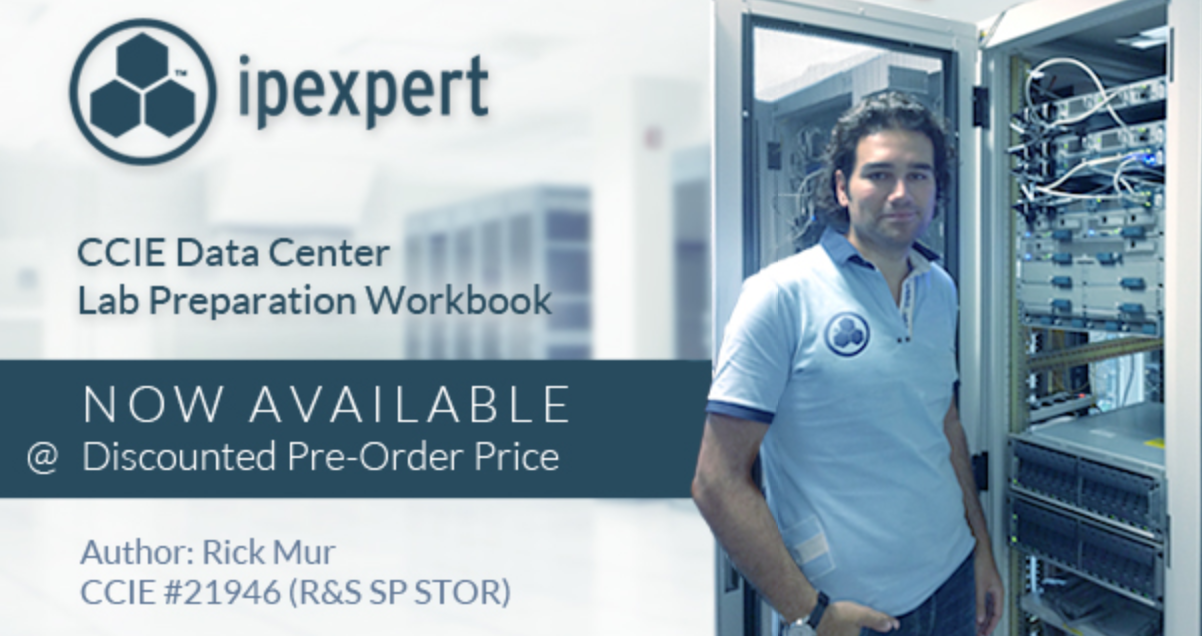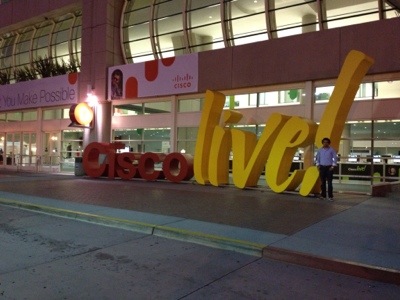Happy new year to you all! I truly hope that all your dreams for 2013 may come true and maybe even more.
For the first time I didn’t really made a to-do list for 2013, but in my head I’m still working on things I want to have accomplished by the end of the year. I wanted to discuss in short a few of those topics.
House
Just at the end of December I bought a house in Utrecht, Netherlands. This is going to fill up a lot of time for me in 2013, where I literally need to buy everything and arrange a lot of things.
Of course the fun part of designing my home network, automating my house as much as possible and designing my little office if already in progress 🙂
CCIE Data Center
The CCIE Data Center is also taking up a lot of time in 2013. Besides that I’m studying to pursue the title myself. I’m also writing the CCIE Data Center Lab Workbook for IPexpert. This is an amazing opportunity and I really love to work on it. I really hope you like using it when you purchase. Otherwise I’m more than happy to help you with your studies for the CCIE Data Center.
Amazing networking projects
I have a couple amazing projects coming up! Involving all latest and greatest hardware from both Cisco and Juniper. Besides that I’m working a lot with the high-end customers we have in the Netherlands, which make me a very happy man! 🙂
A quick list of hardware that are involved in the projects
- Cisco ASR9000 with Typhoon line cards
- Juniper MX960 with MPC4 100GE line cards
- Juniper TXP-3D (T4000 in Matrix configuration)
The projects involve some of the following technologies
- Core/Edge routing
- Carrier Grade NAT (NAT64 and DS-Lite)
- LTE roll-out
- 200GE bundles
- BNG/BRAS on MX in Virtual Chassis
- FabricPath enabled datacenter network
- IPv6 roll-out
And many many more things.
Actually this entire list should be finished in the first half of 2013 🙂 I have no idea how I’m going to do that in terms of time management, but we’ll see.
I’m loving my work and everything I do at this moment!
Stay Hungry…Stay Foolish!


